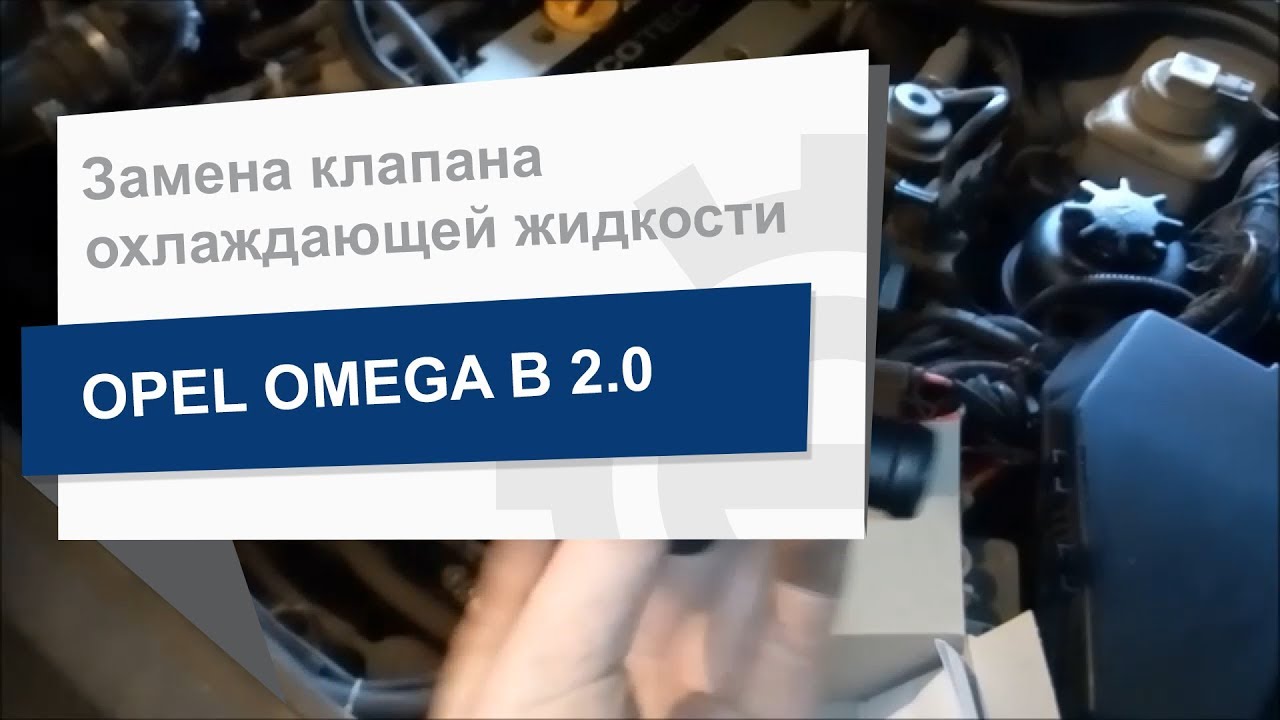
How to remove and replace the heater control valve
The heater valve is an integral part of the vehicle's cooling system. Replacement requires a new valve, some basic tools, and fresh coolant.
The heater control valve is designed to control the flow of engine coolant to the heater radiator located in the vehicle interior. When the heater or de-icer is turned on, warm engine coolant flows through the heater core. Here, the fan blows air over the surface of the heater core and then into the passenger compartment, where warm air is felt.
During A/C operation, the heater control valve closes, preventing engine coolant from entering the heater core. As a result, there is less heat in the cabin, which allows the air conditioner to work more efficiently.
Follow the step-by-step instructions below to replace a failed heater control valve.
- Attention: It is important to remember that this is a general recommendation. Therefore, be sure to refer to the factory service manual for complete and detailed instructions specific to your vehicle.
Part 1 of 1: Heater Control Valve Replacement
- A warning: Make sure the car engine is cool to avoid skin burns. It is also always recommended to wear safety goggles to prevent contaminants from getting into your eyes.
Necessary materials
- Distilled or demineralized water
- Pallet
- New heater control valve
- New engine coolant
- Pliers
- A set of tridents
- Screwdrivers
- Funnel without spill
Step 1: Disconnect the battery. Loosen the clamp nut and bolt from the negative end of the battery cable and disconnect the connector from the battery post. This will prevent electrical components from being damaged by short circuits.
- Functions: If it's an automatic transmission car with console shifter, you can downshift the car before disconnecting the battery so you have more room to work.
Step 2: Raise the car. If you cannot easily reach the lower radiator hose, jack up the vehicle and secure it on jackstands for easier access.
Step 3: Place a drain pan under the car. To collect the coolant that will be drained, you will need to place a drain pan under the lower radiator hose.
Step 4: Remove the lower radiator hose.. Remove the lower radiator hose from the radiator by first loosening the clamp and then twisting the hose gently but firmly to make sure it is not stuck.
- Functions: often the hose sticks as if it was glued. By twisting, you can break this bond and make it much easier to remove.
Remove the hose and drain the engine coolant into a drain pan.
Step 5: Locate the Heater Control Valve. Some heater control valves will be located in the engine compartment at or near the passenger side fire wall. Others are located behind the dashboard near the passenger's footwell.
Refer to your vehicle's factory service manual for the exact location. This manual assumes that the control valve is located behind the dashboard.
- Attention: For subsequent steps, you will need to continue to refer to the factory service manual for details on what needs to be removed and the location and number of fasteners to be removed.
Step 6: Remove the glove box assembly Open the glove box door and locate the mounting screws along the outer edge of the glove box. Remove the screws with an appropriate screwdriver or ratchet and socket. Gently pull on the glove box assembly to remove it from the dash and disconnect any electrical connectors connected to the glove box assembly.
Step 7: Remove the dashboard. Locate the mounting screws, usually along the top and bottom edges. There may be other mounts on the sides, depending on the design of the car. Remove the fixing screws with an appropriate tool. Gently but firmly pull on the dashboard and slowly remove it, making sure to disconnect any remaining electrical connectors that may prevent you from removing the dashboard.
Be careful not to pull on the wires or control cables.
Functions: Take pictures of how the wires and cables are routed and where all the electrical connectors go. You can use the photos later to make sure everything is put together correctly.
At this point you can see the heater control valve, but in some cases you will need to remove the heater box to gain access.
Step 8: Remove the heater control valve. Locate the mounting bolts or screws that hold the heater control valve in place.
Remove the fasteners with the appropriate tool and remove the valve. Pay attention to its orientation.
Step 9: Prepare the Hoses. To prevent leakage, thoroughly clean the inside of any removed hoses, as well as the component you are attaching it to.
Step 10: Install the new heater control valve.. Install the new valve in the same position and orientation as the old valve.
Step 11: Assemble the dashboard and glove box.. Reinstall the instrument panel, glove box, and any other components that were removed.
If necessary, refer to the photographs you have taken earlier.
Step 12: Replace Lower Radiator Hose. Connect the lower radiator hose and tighten the clamp.
Step 13: Prime the Cooling System. To charge the cooling system, use a 50/50 mixture of antifreeze and distilled or demineralized water.
Step 14: Let all the air out. To remove all air from the cooling system, you need to start the car, turn on the heater at full blast, and let the car warm up to normal operating temperature.
Continue adding coolant as needed until the system is completely filled, checking for leaks at the hose removal and installation points.
Step 15: Clean Up After. Dispose of used coolant in accordance with local laws and regulations.
Each car model is designed differently; therefore, it is important to refer to your vehicle's factory service manual for more information. If you would like a professional technician, such as one from AvtoTachki, to replace your heater control valve, one of our field mechanics can repair your vehicle at your home or office.
